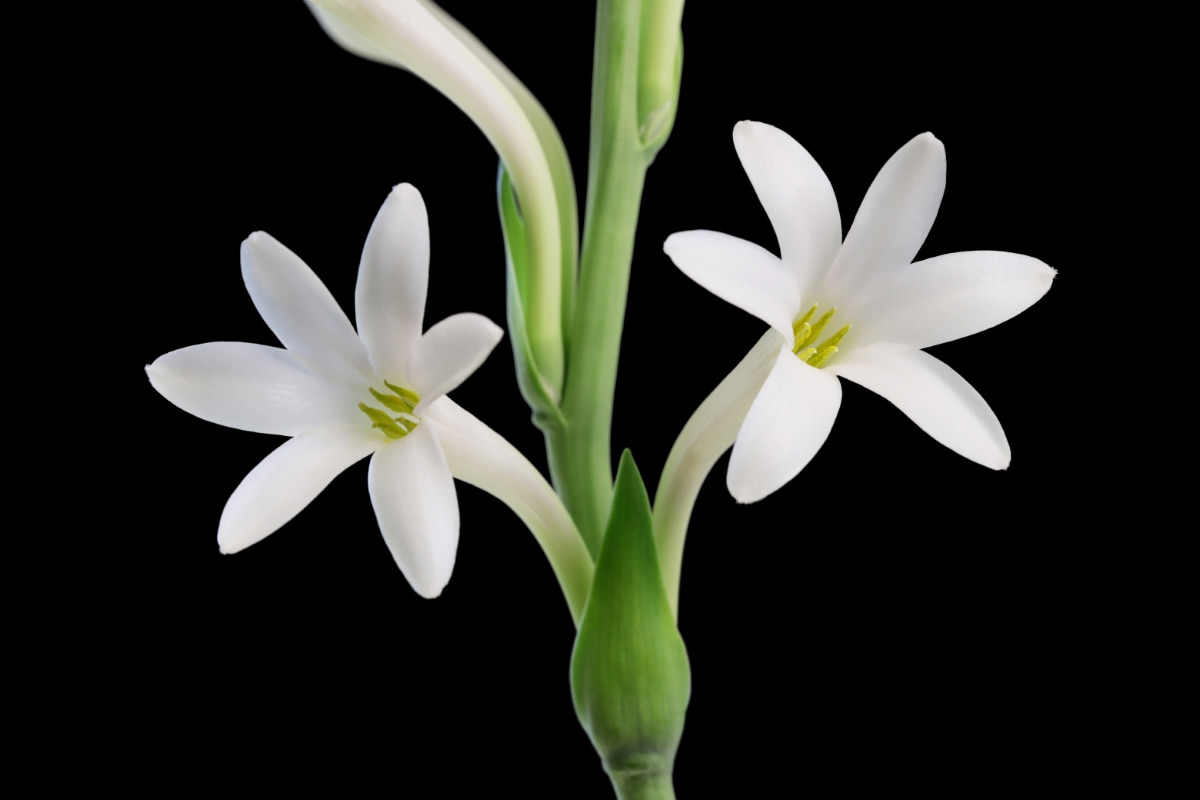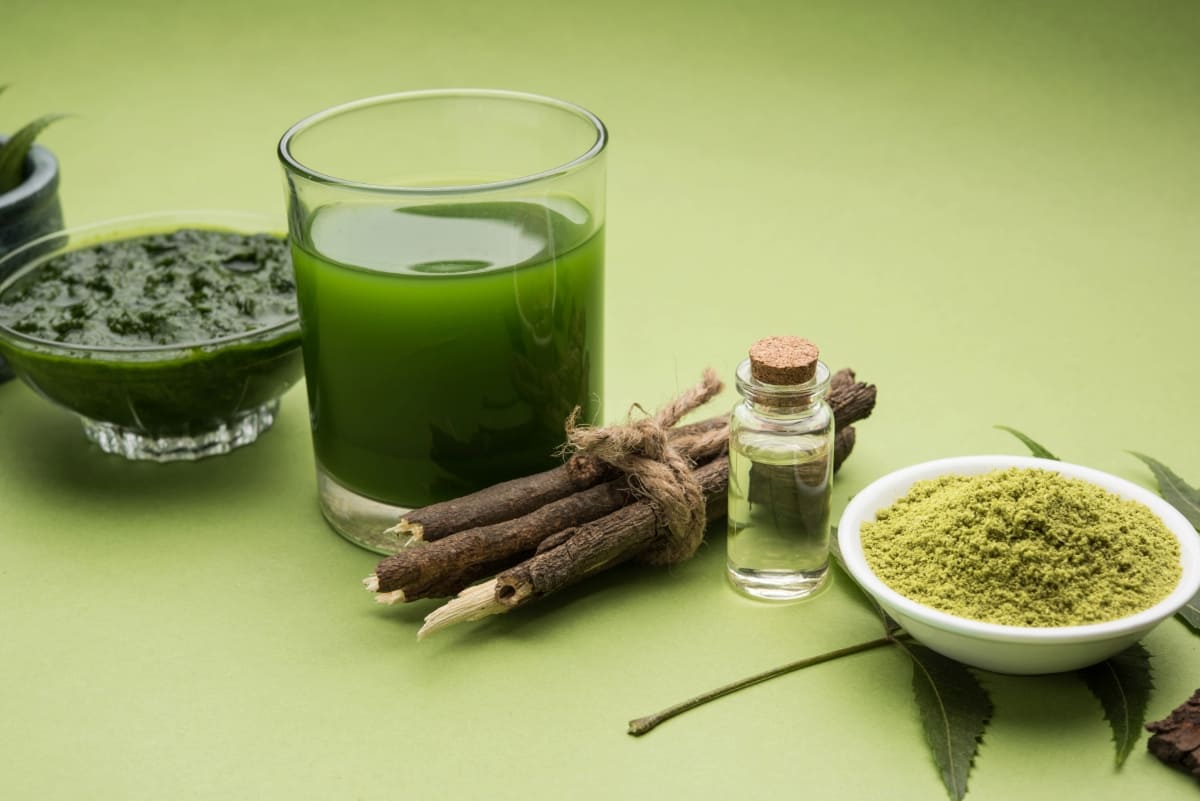Tuberose, a fragrant and beautiful flower, is a popular choice in tuberose cultivation due to its diverse tuberose uses, ranging from perfumery to traditional ceremonies. However, like any plant, tuberose is susceptible to various tuberose pests and diseases. While engaging in tuberose propagation methods, it’s crucial to understand the diseases of tuberose and how to combat them effectively.

Neem oil, a natural pesticide, has emerged as a go-to solution for managing tuberose diseases and pests, ensuring the health and beauty of these plants. In this article, we’ll explore the use of neem oil as a protective measure in the cultivation of tuberose, considering the tuberose family’s specific needs and tuberose chromosome number implications in pest and disease resistance.
How to Use Neem Oil on Tuberose Plants
Neem Oil and Its Benefits for Tuberose Plants
Neem oil is a natural, biodegradable substance extracted from the neem tree and is highly effective against a range of tuberose pests and diseases. Its benefits for tuberose plants are numerous, acting not only as a deterrent for pests but also as a general health booster for the plants. Neem oil is a suitable option for organic tuberose cultivation because it contains compounds harmful to pests while being plant-safe.
When applied correctly, neem oil forms a protective barrier on the tuberose’s surface, preventing the invasion of pests and the development of diseases. This is particularly beneficial considering the various diseases of tuberose that can affect its growth and bloom. Its application is a key factor in maintaining the health and vibrancy of tuberose plants, ensuring they can be used for their intended purposes without the compromise of chemical pesticides.
How to Prepare Neem Oil to Use on Tuberose Plants
Preparing neem oil for use on tuberose plants involves a simple yet precise process to ensure its effectiveness. Start by choosing a high-quality, pure neem oil product. To prepare the neem oil spray, mix a small amount of the oil with a suitable emulsifier, like a mild liquid soap, which helps the oil blend evenly with water. The ratio of neem oil to emulsifier should be about 1:1.
Then, add this mixture to water, typically at a ratio of about 2 teaspoons of the neem oil-emulsifier blend per liter of water. It’s essential to use lukewarm water as neem oil blends more effectively with it compared to cold water. Once the solution is prepared, it should be used immediately to ensure its potency. Proper preparation of neem oil is crucial in the effective management of tuberose pests and diseases, playing a significant role in the overall health of the tuberose plants.
How to Apply Neem Oil on Tuberose Plants
Applying neem oil on tuberose plants should be done with care to ensure maximum effectiveness. The best time to apply neem oil is either early in the morning or late in the afternoon to avoid the strong midday sun, which can cause the oil to overheat and potentially harm the plant. Using a spray bottle or garden sprayer, evenly coat the leaves, stems, and any visible pests with the neem oil solution.
In case you missed it: How to Use Neem Oil on Touch-Me-Not Plants: A Natural Way to Get Rid of Bugs from Touch-Me-Not

It’s important to avoid over-saturating the plant, as this can lead to fungal growth. Regular application, especially during the peak growing season, can greatly reduce the incidence of pests and diseases in tuberose cultivation. By following these application methods, gardeners can effectively protect their tuberose plants from harmful pests while promoting healthy growth.
Mixing and Dilution for the Right Concentration of Neem Oil for Tuberose Plants
The effectiveness of neem oil in combating tuberose pests and diseases greatly depends on achieving the right concentration. A typical recommendation involves blending 2 teaspoons of neem oil with one liter of water, though the precise ratio may fluctuate based on the extent of the pest issue or the tuberose variety’s vulnerability to diseases. It’s crucial to strike a balance; too strong a mixture might harm the plant, while too weak may not be effective against pests.
To ensure the right concentration, start with a lower dose and observe the plant’s response, gradually increasing the strength if necessary. Regular monitoring of the tuberose plants after application will help in determining the effectiveness of the concentration and making necessary adjustments. Proper mixing and dilution are key to using neem oil effectively in the management of tuberose pests and diseases, ensuring the plants remain healthy and vibrant.
Can Neem Oil Be Used on All Tuberose Plant Varieties?
While neem oil is typically suitable for application on various tuberose plant types, it is essential to acknowledge that plant sensitivities can differ. Therefore, it is prudent to conduct a preliminary patch test on a limited area before applying it to the entire plant. This is especially important for varieties that might be more susceptible to oil-based products or have unique requirements due to their tuberose chromosome number or genetic makeup.
Following the application of the test patch, it is advisable to monitor the plant for a period of 24 to 48 hours to detect any unfavorable responses. In the absence of any adverse reactions during this observation period, it is deemed safe to proceed with the full treatment of the plant. This precaution ensures that the natural defense provided by neem oil aligns with the specific needs and characteristics of each tuberose variety, thereby promoting a healthy and pest-free growth environment.
How Long Does Neem Oil Stay Effective on Tuberose Plants?
Neem oil remains effective on tuberose plants for about a week to ten days under normal weather conditions. The duration of its existence can be impacted by multiple factors, including precipitation, temperature, and the strength of sunlight. Rainfall can wash away the oil, necessitating a reapplication.
Similarly, extremely high temperatures can reduce the effectiveness of neem oil. Therefore, it’s important to monitor the weather and the condition of the plants to determine the frequency of application. In cases of severe pest infestation, more frequent applications may be necessary.
Using Neem Oil in Combination with Other Pest Control Methods
While neem oil is effective against many tuberose pests and diseases, integrating it with other pest control methods can enhance overall plant health and protection. This integrated approach can include manual removal of pests, the use of biological controls like beneficial insects, and implementing good cultural practices such as proper watering and fertilization.
In case you missed it: How to Use Neem Oil on Allium: A Natural Way to Get Rid of Bugs from Allium Plants

Combining neem oil with these methods creates a more comprehensive pest management strategy, reducing the reliance on any single method and potentially increasing effectiveness. It’s important to ensure that any additional pest control methods used are compatible with neem oil and do not counteract its benefits. For instance, introducing beneficial insects should be timed so that neem oil applications do not harm them.
Some Common Pests and Diseases that Neem Oil Can Control on Tuberose Plants
Neem oil is particularly effective against a variety of pests and diseases commonly found in tuberose plants. These include aphids, spider mites, and thrips, which are known for causing significant damage to the leaves and flowers. Neem oil also helps in controlling fungal diseases like powdery mildew and blight, which can severely impact the health and appearance of tuberose. The natural components in neem oil work both as a deterrent and a remedy, providing a versatile solution for maintaining the overall health of these plants.
How to Monitor the Effectiveness of Neem Oil on Tuberose Plants
To monitor the effectiveness of neem oil on tuberose plants, regularly inspect the plants for signs of pests and disease before and after application. Pay attention to changes in the appearance of leaves, flowers, and stems, noting any reduction in pest activity or disease symptoms.
Keeping a record of the frequency and dosage of applications, along with any changes observed in plant health, can help in assessing the effectiveness and adjusting the treatment plan accordingly. Regular monitoring not only aids in determining the efficacy of neem oil but also helps in timely identification and management of any new or persisting issues.
Safety Precautions to Take when Using Neem Oil on Tuberose Plants
When using neem oil on tuberose plants, it’s important to take certain safety precautions to ensure the wellbeing of both the plants and the applicator. Ensure that the area is well-ventilated during application to avoid inhalation of the spray. Additionally, always follow the recommended dilution rates and application methods to prevent potential harm to the plants.
In case you missed it: How to Use Neem Oil on Angelonia: A Natural Way to Get Rid of Bugs from Angelonia Plants

Conclusion
Neem oil serves as an effective and natural solution for managing pests and diseases in tuberose cultivation, promoting healthy growth and vibrant blooms. By understanding how to prepare, apply, and monitor neem oil, along with taking necessary safety precautions, gardeners can successfully protect their tuberose plants, ensuring they thrive in a sustainable and environmentally friendly manner.
- Feed Your Flock for Less: Top 10 Tips to Save on Chicken Feed
- Ultimate Guide to Ossabaw Island Hog: Breeding, Raising, Diet, and Care
- Hatching Answers: The Top 10 Reasons Your Chickens Aren’t Laying Eggs
- Eggs and Economics: Breaking Down the Cost of Raising Backyard Chickens
- Defend Your Greens: Proven Methods to Keep Iguanas Out of Your Garden
- Ultimate Guide to Cinnamon Queen Chicken: A Comprehensive Guide for Beginners
- Ultimate Guide to California Tan Chicken: Breeding, Raising, Diet, Egg-Production and Care
- Ultimate Guide to Marsh Daisy Chicken: Breeding, Raising, Diet, and Care
- 10 Types of Chicken Farming Businesses You Can Start for Profits